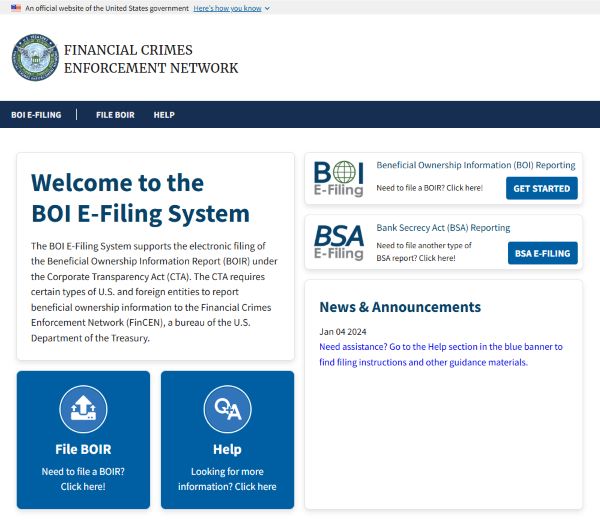What is a Designated Roth Account?
A Designated Roth Account is a special type of account that you can have in a 401(k) or 403(b) plan. Unlike traditional contributions, the contributions you make to a Designated Roth Account are not excluded from gross income and are taxed in the year they are made.
However, the good news is, when you withdraw your money (including any earnings), it’s tax-free, as long as it’s a qualified distribution.
Contribution Limits
In 2023, you can contribute up to $22,500, or $30,000 if you’re 50 or older. These limits are subject to cost-of-living adjustments.
Qualified Distributions
A “qualified distribution” from a Designated Roth Account is tax-free.
This is a distribution that’s made at least five years after your first Roth contribution and is made after you turn 59½, because of disability, or after your death.
Setting Up a Designated Roth Contribution Program
To set up a Designated Roth Contribution Program, a 401(k), 403(b) or governmental 457(b) plan must be amended to include separate accounts for Roth contributions, a choice of both pre-tax and Roth elective deferrals, and specify that only Roth elective deferrals can be contributed to the Roth account.
Check Your Eligibility
First, you need to be eligible to contribute to your employer’s 401(k) or similar plan.
Ensure Your Employer Offers Roth Accounts
Next, check if your employer offers Roth accounts as part of their retirement plan. If your employer doesn’t currently offer this feature, they would need to amend the plan to add it.
Decide How Much to Contribute
Once you’re eligible and your employer offers Roth accounts, you can decide how much of your salary you want to contribute.
Remember, the amount you contribute to a Roth account is included in your gross income for the year, but qualified distributions are tax-free.
In 2023, you can contribute up to $22,500, or $30,000 if you’re 50 or older.
Start Contributing
After deciding on the amount, you can start making contributions to your Designated Roth Account.
Remember, only employee elective deferrals can be contributed to a Designated Roth Account. Any matching contributions from your employer must be made to a different account within the plan.
Benefits of Designated Roth Accounts
Compared to a Roth IRA, Designated Roth Accounts offer larger annual contribution limits, are not subject to the modified gross income limitations that restrict some individuals from contributing to Roth IRAs, and allow participants to keep their Roth and pre-tax savings within a single plan.
Other Important Information
Once a participant contributes to a Designated Roth Account, they can’t later change the contributions to pre-tax deferrals. Participants may be able to roll over an “eligible rollover distribution” to a Roth account from another account in the same plan.
Designated Roth Accounts are subject to the required minimum distribution rules. A participant must start taking annual distributions from the account by age 72 (70 ½ if they reach 70 ½ before January 1, 2020), and annual withdrawals will be required based on their remaining life expectancy at the time of the withdrawal.
Matching contributions and forfeitures cannot be allocated to a Roth account. However, employers can take into account Roth contributions when calculating any matching contributions. These amounts must be contributed to another account in the plan.



